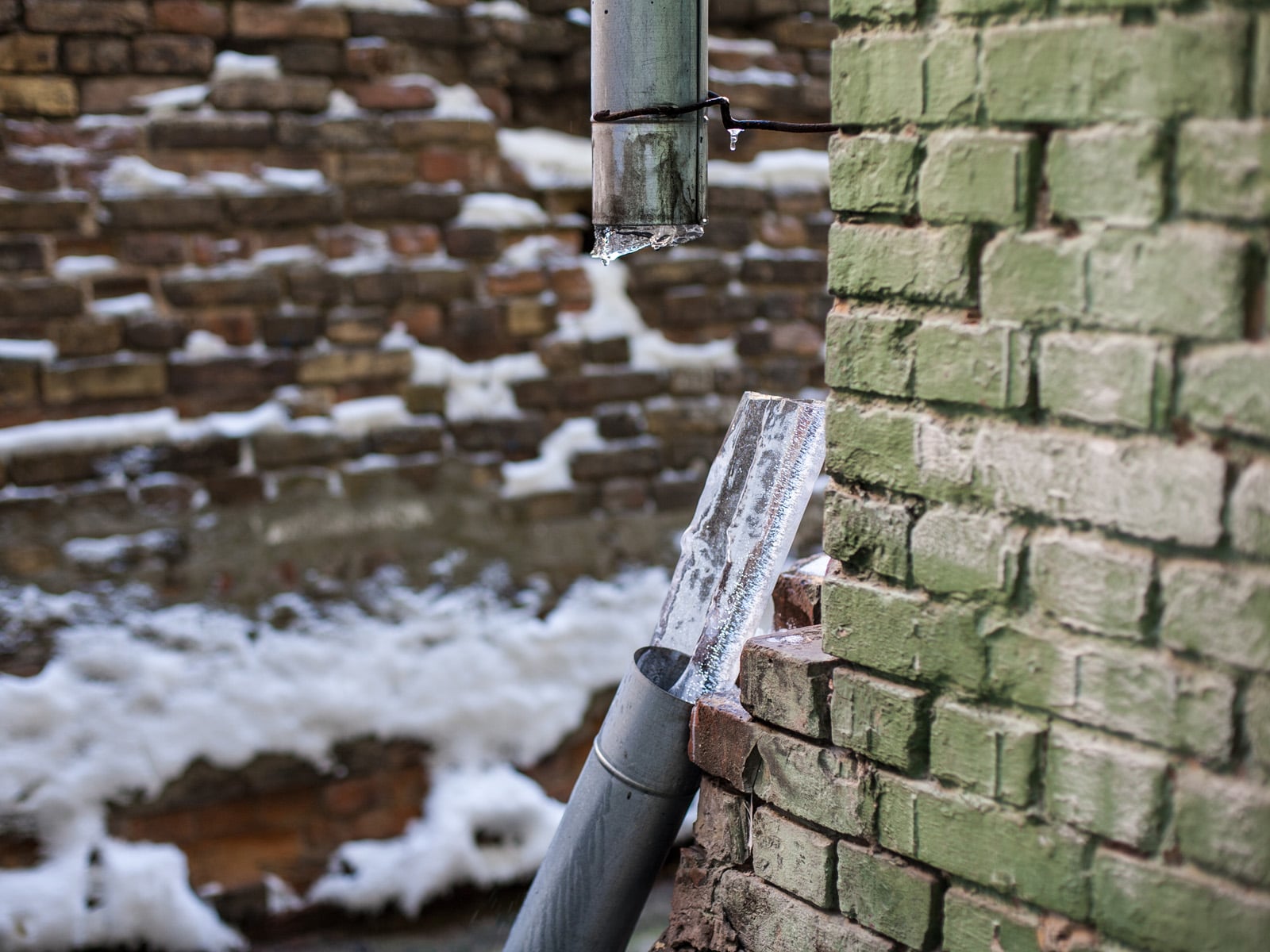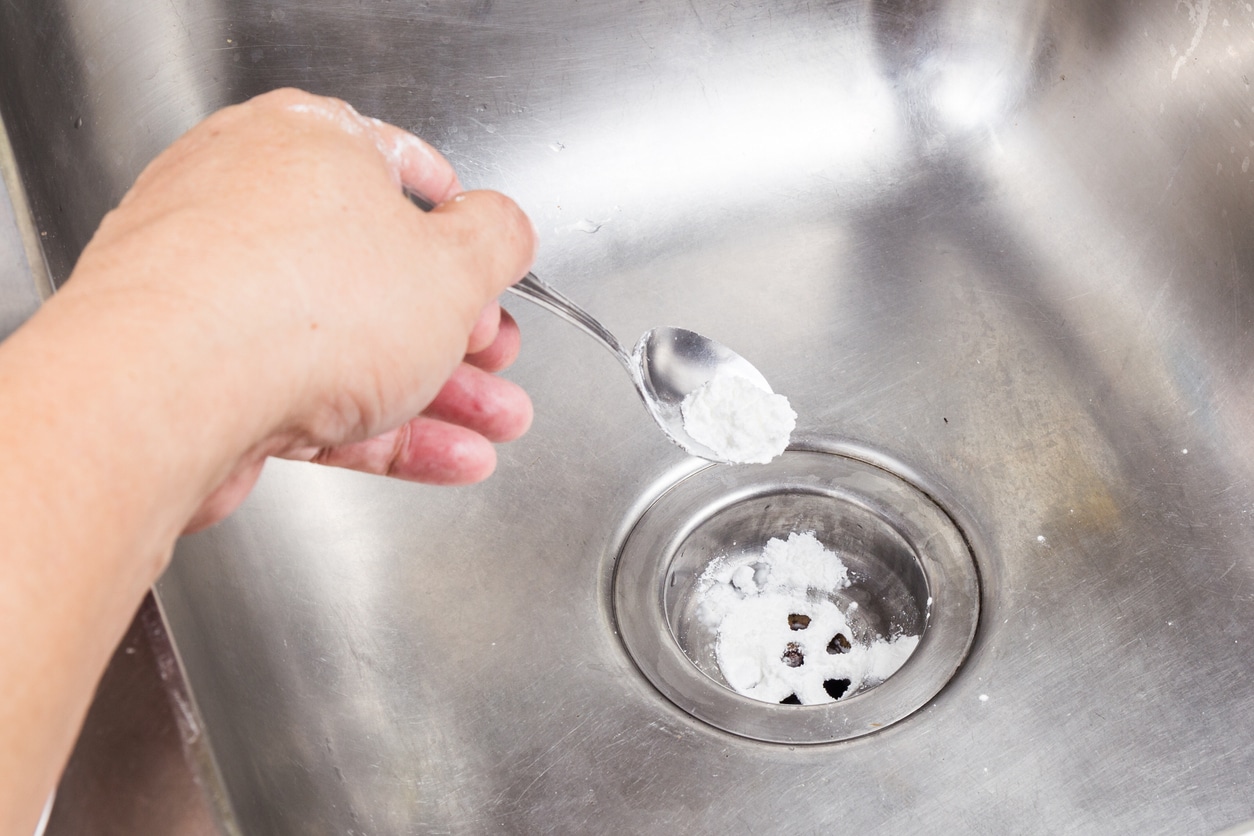A properly installed and maintained drain system promises cleanliness and healthy wastewater removal from inside your house. Just like most things, however, periodic cleaning and regular checks are necessary. That enables you to notice even the slightest issues and then address them right away before they become larger problems. An annual check is also a good idea to prevent frozen drain lines as Winter arrives. As Winter approaches each year, you should check to see if your drain pipe network, including sewer traps, roof leaders, and gutter lines, are all in good shape. This will help enable them to withstand the inevitable freezing temperature. Also check for underwater pipe installation to see if it is deep and insulated enough. Frozen drain lines can cost you a lot of money to repair, and put you out of service.
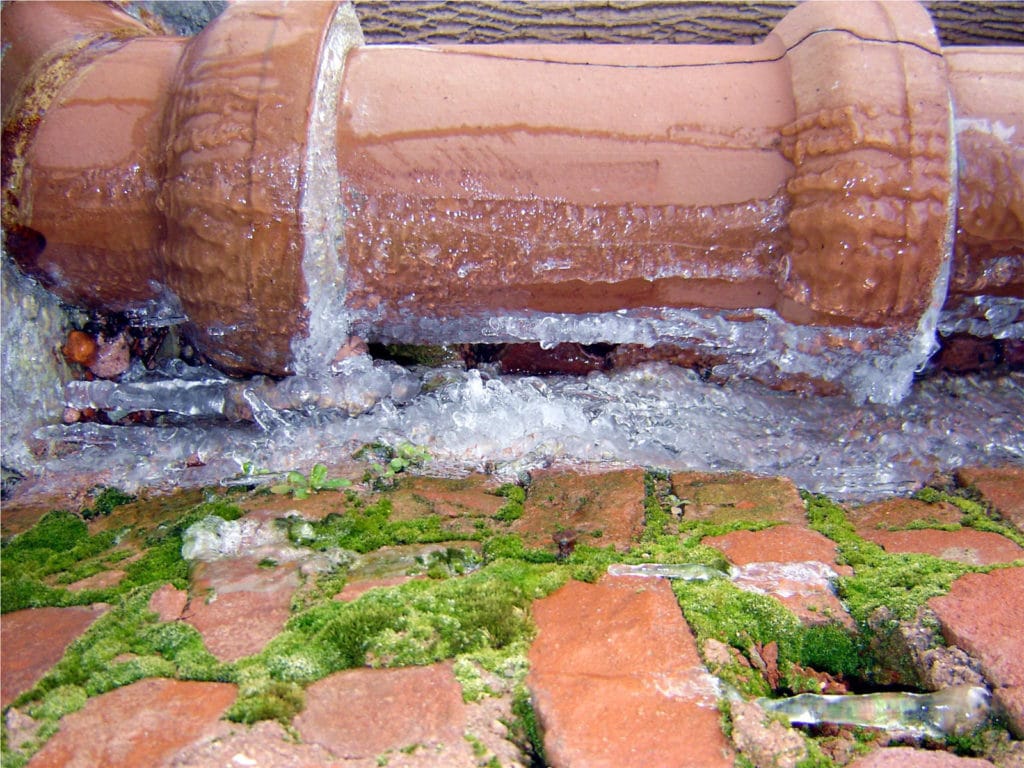
Your plumbing system handles wastewater from both inside and outside of your house. An elaborate network of pipe not only sends wastewater to the city sewer, but also redirects water from rain and melting ice or snow. During Winter, with the lack of heat from the sun, the ice may not melt at all until the season changes. On the other hand, a freeze thaw cycle can create a flood of water. While frozen snow is almost a certainty, there are many things you can do to minimize potential for frozen drain lines. This will also reduce the chances of severe damage to your plumbing or property.
Four common causes of Frozen Drain Lines
-
Exposed water lines
Gutter lines and downspouts are exposed to extreme cold temperature almost all the time during Winter. A good amount of snow will fall on your roof and find its way down through your gutter and leader system. As the snow starts to melt it can tax your roof drain system. The best Winter preparation you can do for gutter lines and downspouts or roof leaders is to get rid of any existing clogs even before the first snow falls. The Fall season inevitably results in large clumps of leaves and branches clogging your area drains, roof gutters, and leader lines as well.
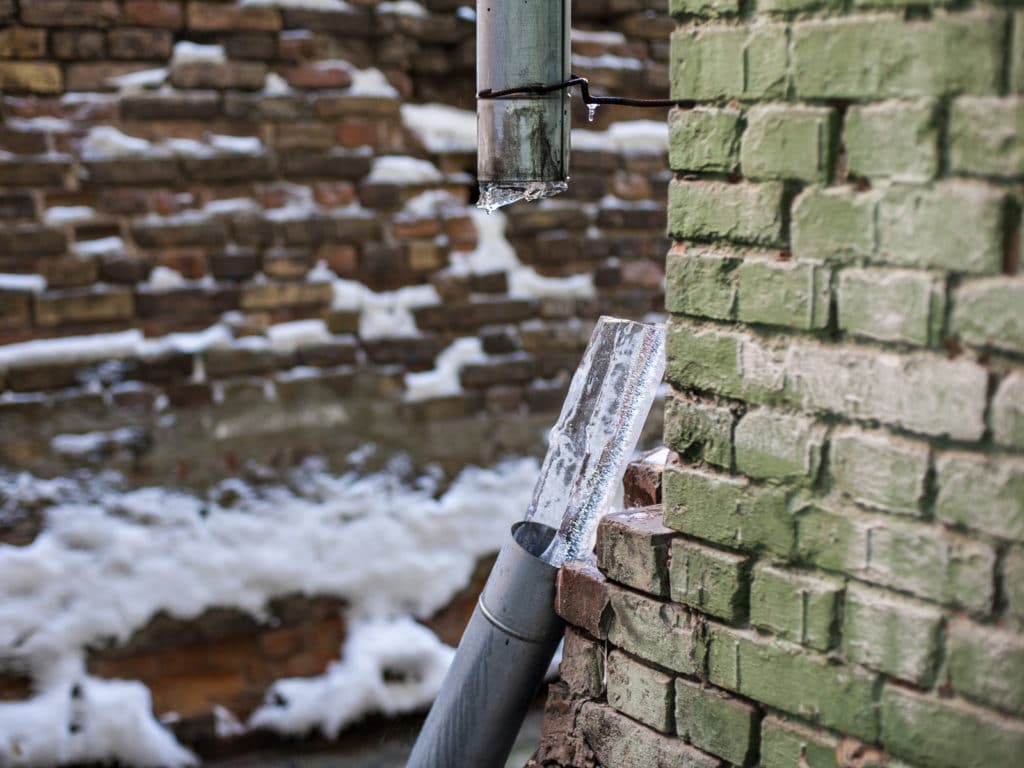
Remember that all those components are located outdoor and are more susceptible to clogging caused by leaves, branches, birds’ nests, etc. In case the flow of water is clogged, it will freeze into ice and build up into a stronger and heavier obstruction. If left unaddressed, the expansion of ice can cause permanent damage to your roof and drain system. Clogged gutters and area drains are also a prime cause of property damage. Now is the time to take immediate action by clearing our area drains, gutters, and leaders. In some cases you may want to engage a drain cleaning service to utilize a heavy duty electric drain cleaning machine. However, in most cases potential clogs can be removed by hand, with the only tool needed being a ladder and a helper for safety.
-
Sewer traps
In every plumbing installation, there must be a sewer trap under every water fixture and in main house drain line. A sewer trap functions as a water barrier to prevent toxic gases and odor from downstream wastewater from coming back into the house. Sometimes referred to as a P-trap, or double vent trap, it will always maintain a water seal where no gas containing viruses and bacteria can penetrate.
Because water is present all the time, cold temperatures during winter can freeze it into ice. Sewer traps are primarily located indoors, so you have to make sure that they are well insulated. To avoid a frozen sewer trap in a main drain line, cover and seal the access pit. Before you do it, see if all the caps and plugs attached to the sewer trap are put together properly. This is particularly important in drafty areas such as a garage, or when the trap is outside the house.
-
Pipes in drafty areas
If there are pipe lines in drafty areas such as garage or shed, seal and insulate the rooms. Another option is to insulate exposed pipes and traps with insulation. Both supply lines and wastewater pipes can freeze, crack, or burst if exposed to cold temperature for a considerable period. During extreme cold, it can only take hours before the pipes become frozen solid. A frozen pipe is useless as far as plumbing is concerned. The network of pipes work to distribute and remove water into and out of the house; when blocked by ice, cannot function.
-
Frozen drain lines
Main drain lines run from inside of the house to outside unheated areas. The outside portion of the pipe that extends from your home does not benefit from the heat or insulation you have inside the house. During Winter when the ambient temperature can drop below the freezing point of water, there is a serious risk of bursting or at least clogging because of the ice inside the pipe. As water freezes, its volume expands and therefore can cause plumbing failure. Insulation will help, but it does not actually prevent the freezing of standing water that is already in the pipe; however, it increases the time required for the water to freeze.
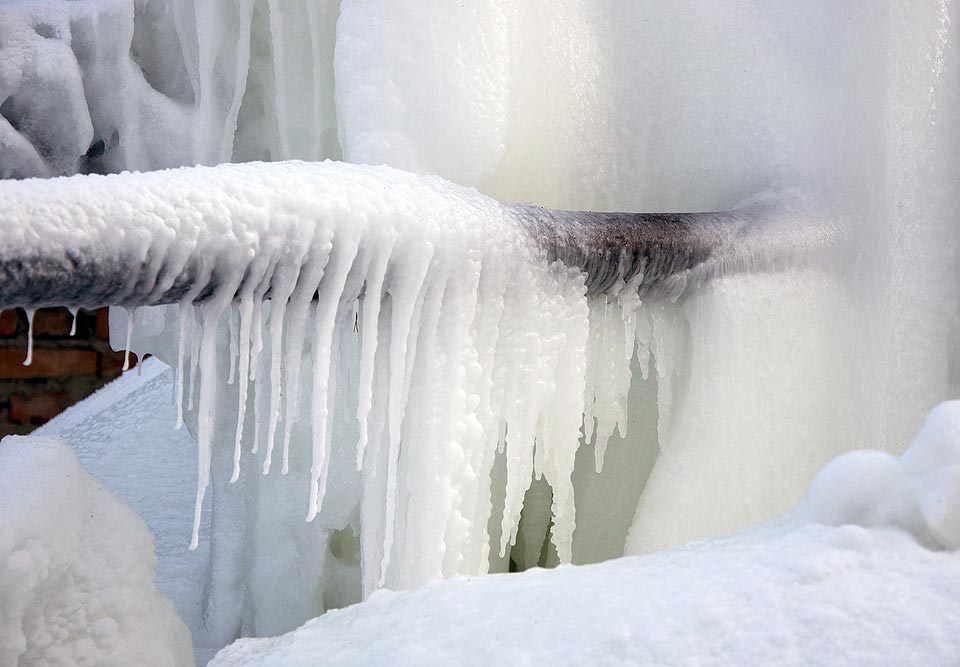
At the same length and identical ambient temperature, water in smaller-bore pipe freezes more easily compared to its larger counterpart. A combination of insulation and lager-bore drain line is recommended to prevent freezing problems during winter. Unless site conditions are unusual, drain lines should always be installed below the frost level. In the NYC metropolitan area, that would be 42″ or greater.
You Need Professionals To Prevent Frozen Drain Lines
Among all the aforementioned issues, frozen drain lines are the most difficult to deal with. In NYC, a main drain line must be installed at least 42″ deep underground, or insulated, as a precautionary measure against Winter. It is best to have a main drain installed properly the first time, rather than dealing with unpleasant and costly issues at a later time.
In the event of a frozen drain line, the flow of wastewater from inside the house is obstructed. Because the temperature outside is still freezing, additional water will only bring more pressure into the pipe. As water continues to freeze, the pipe will eventually break, rendering the drain line useless.
Exposure to extreme cold temperature also makes the pipe hazardous to handle. Any physical contact may lead to serious injury especially when the person does not wear adequate protective gear and use the right tools for the job. Needles to say, DIY attempts at repair are not recommended. Repairing frozen drain lines is a job best left to professionals.
Running hot water through the drain line may help. But only if there is still space inside the pipe for water to flow, and the freeze is nearby. When ice completely blocks the pipe, hot water cannot melt the ice as fast as the ice can cool the water. It is necessary to locate the exact position of the frozen area and apply heat. An electric heater may be the best solution, as ice can take many hours to thaw. A burst drain line due to water volume expansion (in ice form) requires replacement. If you require further expert advice, or assistance, contact the Balkan Drain Team.

